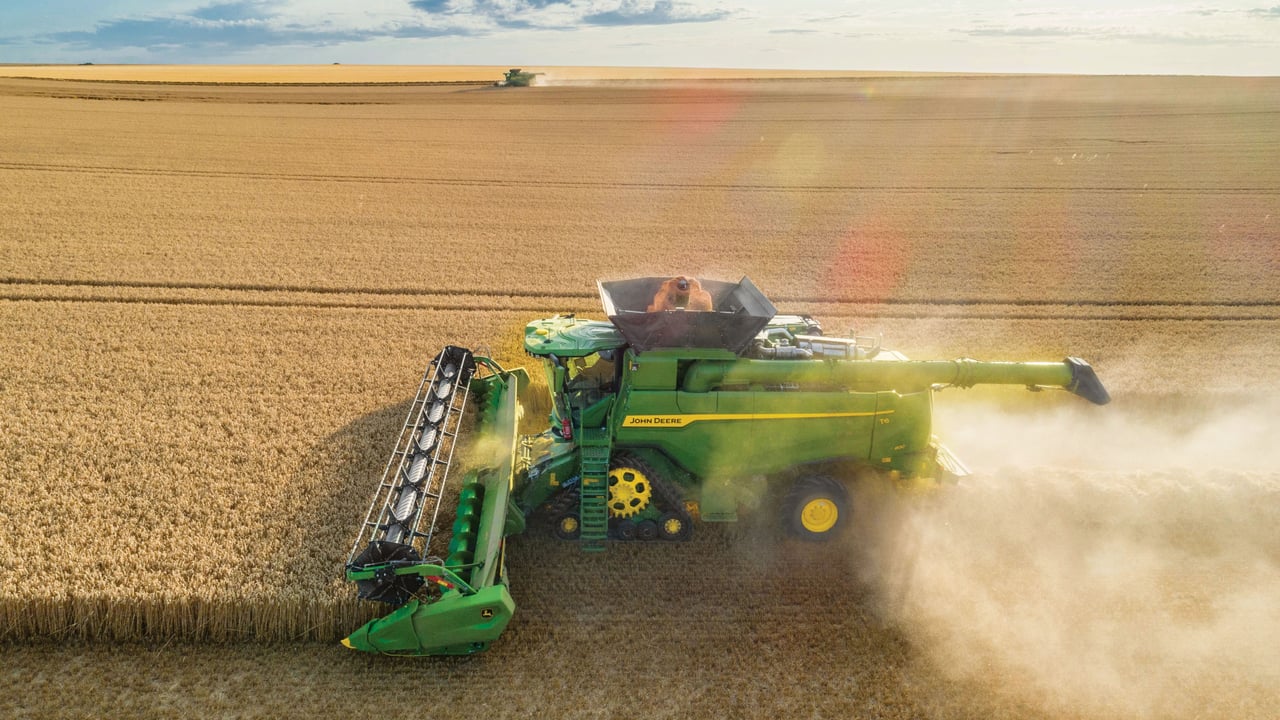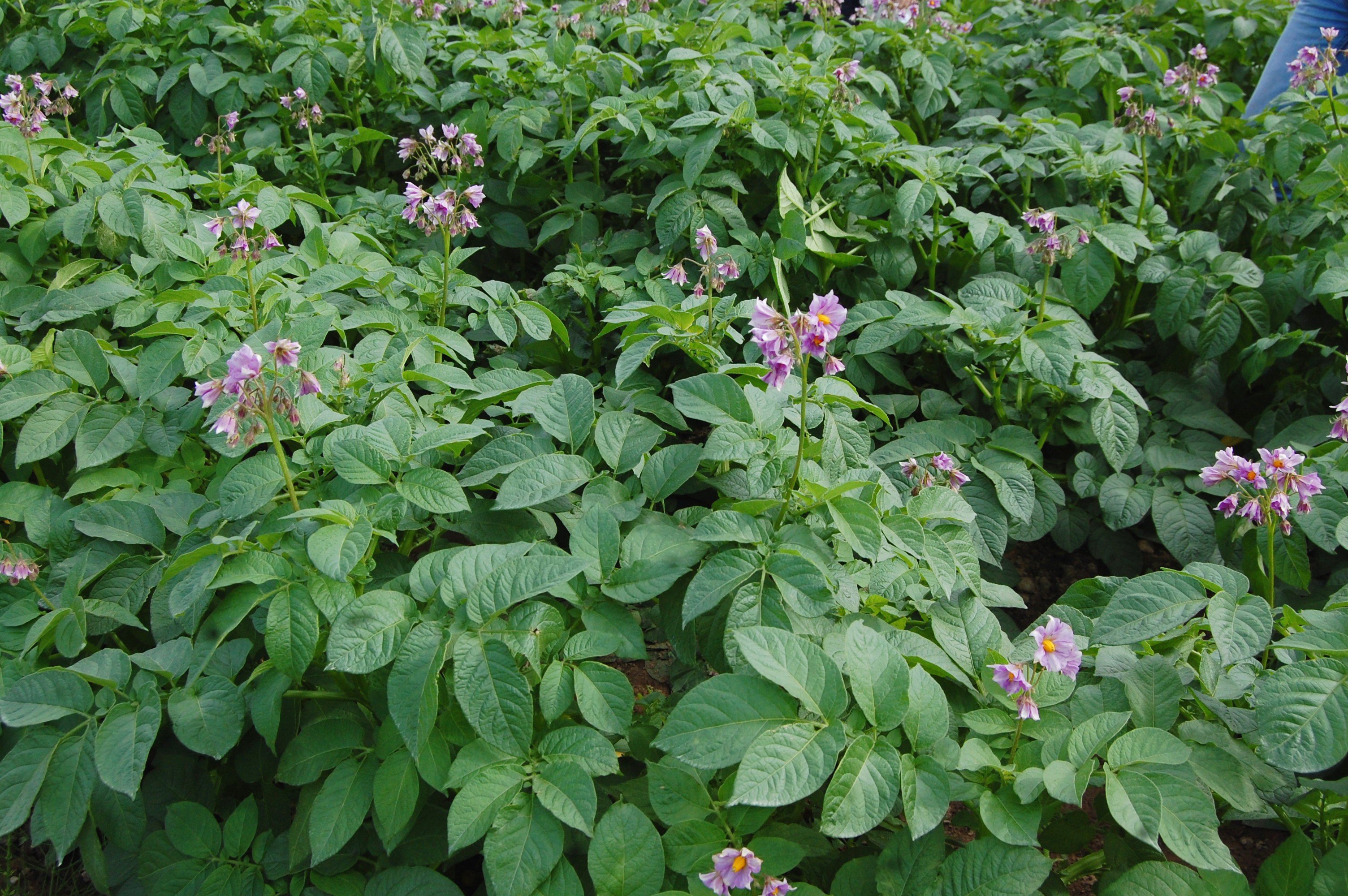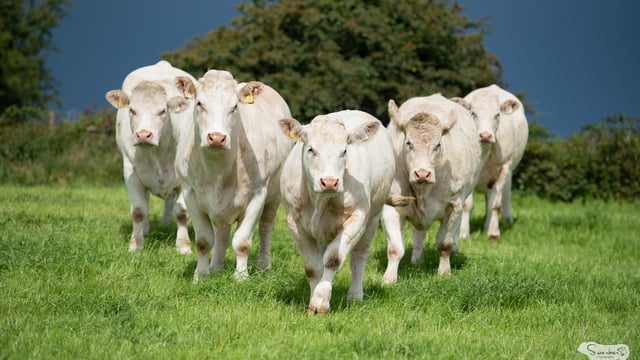Harvest 2025 up and running in some counties
Harvest 2025 got underway this week with combines reportedly operating in parts of Tipperary, Cork and Waterford.
Breaks in the weather have allowed farmers to target crops of Joyau winter barley and other early varieties, grown on light land.
But it’s next week that the main bulk of the winter barley will be tackled. Growers are reporting crops coming to full maturity in a very controlled manner. This has been helped by the return to slightly cooler weather conditions.
It is widely anticipated that all winter cereal crops will yield well this year. And given the dry and quite sunny conditions of late, grain quality should be equally good.
High grain should also equate to equally impressive yields of straw.
Met Éireann is confirming that high pressure will build during the early days of next week with temperatures set to rise.
Meanwhile, straw is shaping up to be another good story in 2025.
Agriculture minister, Martin Heydon, has committed an additional €5 million to the Straw Incorporation Measure (SIM), bringing the total value of the support measure up to €15 million.
This should ensure that all the straw that is actually baled should meet a strong demand from farmers across the country.
If all the SIM monies are allocated, this will mean that Ireland’s tillage sector has met its climate action target from a straw chopping and management point of view.
Teagasc tillage specialist, Shay Phelan, has confirmed that field work on all cereal crops has now been completed. It’s a case now of waiting to see what the harvest actually delivers.
In the meantime, cereal growers are being strongly advised to assess the weed status of their crops.
And if issues of possible herbicide resistance have been identified, these should be reported to Teagasc.
Turning to potatoes, Shay Phelan confirmed that blight has been confirmed in a number of crops over recent days.
“Growers must maintain their blight spraying programmes. Sample of blight should also be submitted to Teagasc for analysis," he said.
“It’s important that we know which strains of the fungus are active within Irish potato crops at the present time.
“Only in this way can we maximise the active lifespan of the blight fungicides that are currently available.”
Meanwhile, many potato crops are now at the full canopy stage.
“Where flowering has already taken place, growers can use the growth regulator, Fazor," Phelan added.
“This acts to inhibit additional further canopy growth. It also prevents the sprouting of volunteer potatoes.”






